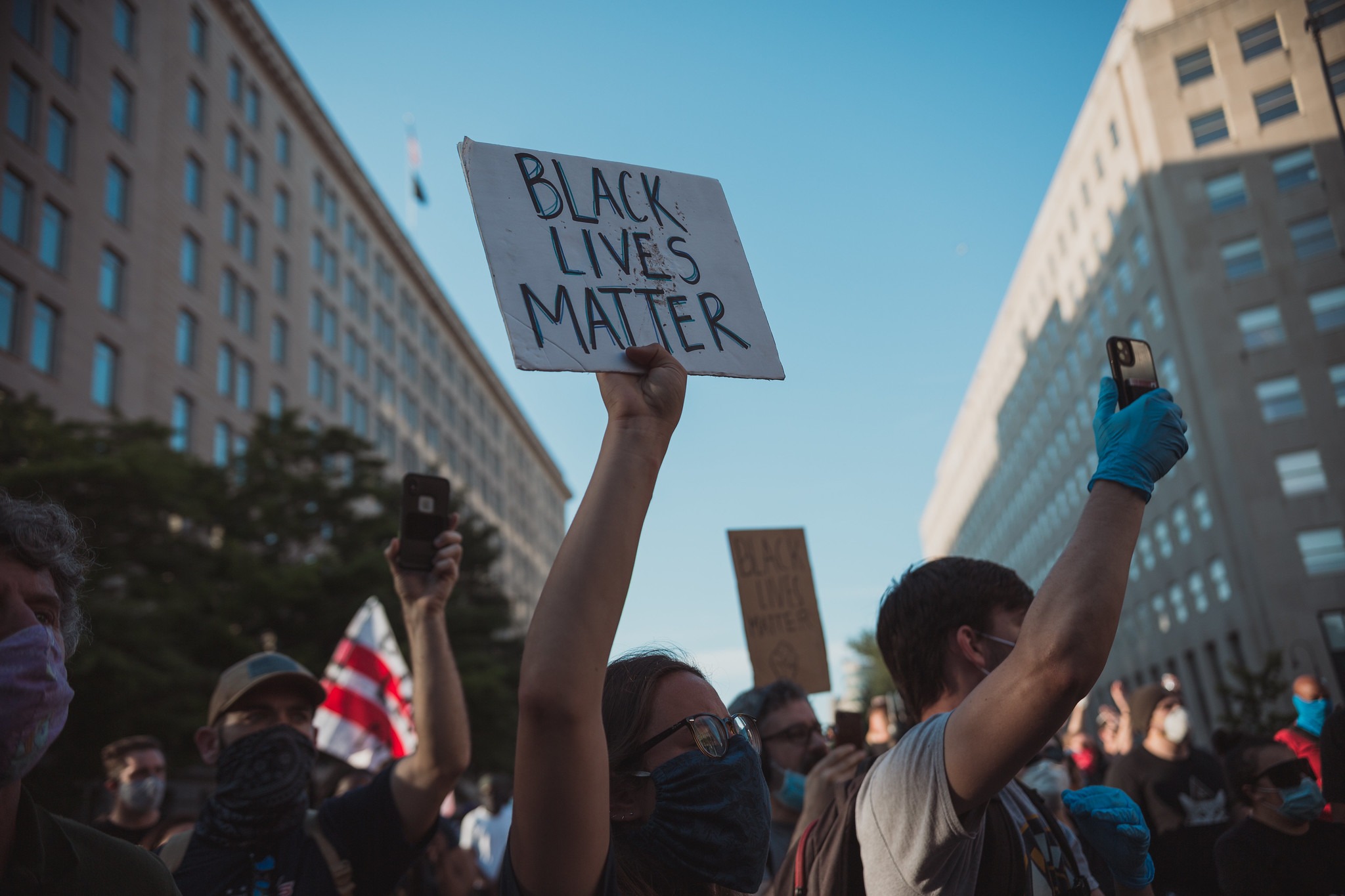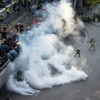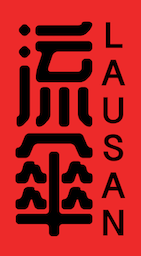Original: 【解讀你個解讀──香港人怎樣看美國的反種族歧視反警暴運動】, published in Stand News
Author: Hong Kong Unison is a non-governmental organization that serves and advocates for ethnic minorities in Hong Kong. It currently focuses on policy advocacy. That includes advocating for better Chinese language education policies for ethnic minorities, expanding ethnic minority students’ post-secondary options in education, and fighting for equal access to public services.
Translator: Sharon Yam
If you would like to be involved in our translation work, please get in touch here.
How have Hongkongers reacted to the recent wave of protests in the United States? It’s quite an interesting question.
US protesters are currently engaging in two simultaneous struggles: the fight against police violence, and the fight against racism. Initially, protesters called for the police officers involved in the murders of Black people to be prosecuted. As time went on, activists continued to bring attention to structural racism in the ongoing Black Lives Matter movement and coalesce around the call to abolish the police.
On May 30, a Hong Kong news outlet reported: “Police officers in Minnesota killed a Black man, allegedly using an excessive amount of force. This triggered a wave of violent protests across many different states.” Interestingly, most of the 600 comments in response to this story focused on comparing police violence in the US to that in Hong Kong. The underlying issue of racism, however, did not generate much discussion.
Why is this the case? This seems to signal that while Hongkongers empathize with the struggle against police brutality, many continue to turn a blind eye toward the existence of racial discrimination in Hong Kong. In Hong Kong, to bring up the problem of racism is to risk being labeled a “left plastic” (左膠), a damaging stereotype frequently attributed to people whose naive idealism gets in the way of pragmatic politics. People either deny that racism is a problem in Hong Kong, or refuse to consider how racism and prejudice color our interpretation of political and cultural events. Those who bring up the issue of racism are dismissed as “left plastics” kicking up a fuss for no good reason.
When discussing George Floyd’s murder, many Hong Kong netizens have focused on the issue of police brutality rather than racism. They argue that, since Floyd had broken the law, it was reasonable for the police to arrest him; it was the degree of force used against him that is unreasonable and disproportionate. For much of these discussions, racism remained irrelevant. We often see people applying the same logic when discussing ethnic minorities in Hong Kong: “The only issue that exists in Hong Kong is police brutality. Racism is not a problem.” For instance, many people defend the police’s racial profiling of the South Asian community by arguing for the supposed existence of “South Asian gangs” that in turn justifies the need for policing.
While Hongkongers empathize with the struggle against police brutality, many continue to turn a blind eye toward the existence of racial discrimination in Hong Kong.
In effect, this means that in cases of police brutality involving ethnic minorities, the mainstream discourse ignores the role racism plays in punitive policing. Often, cases of police brutality against ethnic minorities are seen as emblematic of other social issues, or worse, relegated to the margins as a minor news story.
Several weeks ago, a non-Han Chinese man died under police custody in Tsim Sha Tsui. Most online discussions of this case centered on the man’s experience of police violence. Their limited logic proceeds as follows: “People of all ethnicities are victims of police brutality. Just because this case involves a non-Chinese person doesn’t mean we need to use the frame of racism to understand it.”
Actually, every time we encounter a case of violent policing involving ethnic minorities, we must always interrogate whether there are forces of racism at work. It is precisely because of the overlooked complexity of these cases, and the police’s longstanding use of smear campaigns to demean ethnic minorities, including perpetuating stereotypes about substance abuse and unemployment, that we need to closely scrutinize questions of race.
There are many reasons why police brutality is wrong: for example, the police officer may have lost their temper, or they may have had certain racial prejudices that have led them to act in a certain way—both may very well be true. But “a loss of temper” and “racial prejudice” are two very different understandings of the situation that cannot be conflated: the former relegates wrongdoing to the domain of the personal while the latter begins to contextualize larger structures of dominance. We cannot ignore the issue of race in any given scenario, or our struggle for justice would always fall short.
Of course, the Hong Kong government must also be criticized for its failure to effectively prohibit racist hatred. If Hong Kong’s Race Discrimination Ordinance (RDO) were able to effectively regulate the performance of the government’s functions or the exercise of its powers, then there would at least be a straightforward way to determine if an incident was racist or not in the courts. To make things worse, of the four current anti-discrimination laws in Hong Kong, the RDO is the only one that does not provide legal safeguards if people are racially discriminated against by government officials. As a result, when ethnic minorities encounter racist treatment, they have nowhere to turn. Without guidance from the courts, the public lacks even a rudimentary outlet to understand and tackle the problem of racism in Hong Kong.
We cannot ignore the issue of race in any given scenario, or our struggle for justice would always fall short.
Recently, Hong Kong Unison received a complaint of racial discrimination from a Japanese man, who recounted his experience as follows. An Uber driver refused to drive him and his Pakistani friend because of his friend’s ethnicity. As he and the driver argued, the friend called the police. About 30 police officers arrived on the scene, but this is how they handled the situation: the police let the driver go, and ended up arresting the Pakistani man for assault. They also taunted the Japanese man with racist and humiliating threats, and went so far as to point a gun at him.
This case is hardly one of a kind. While many consider Hong Kong to be an “international cosmopolitan city”, it is ultimately a Han Chinese dominated society whose cultural practices and institutions have normalized the invisibility of ethnic minorities and rendered structural racism a political non-issue. To truly understand how racism operates in Hong Kong, the first step Hongkongers must take is to confront the relationship between racism and policing unflinchingly.




